|
I attended the 2017 CIETA conference, held at The Hermitage. Very interesting discussions of textiles as symbols of power. The Hermitage treated us to a special exhibit of their collections ... including a display featuring garments worn by Peter the Great. His military uniform included a sprang sash. The curator told me that the sash originally was tricolore: red, white, and blue. The fiber is silk with silver threads worked in. You can tell it is sprang, because one side features an S twist to the stitches, the other side features Z twist. There is a line at the shoulder where the S and Z meet.
0 Comments
I'm off on another adventure. This time I will be attending the CIETA conference to be held in St Petersburg, Russia. The first leg of the trip takes me to London, England. Waiting at the airport I finished off that neckscarf ... the one I've been working on at the fingerweaving support group meetings in Winnipeg. The extended handle of my carry-on bag was the perfect place to attach the neckscarf while I worked on the fringes.
Now at a hotel in London. Here's the view out of my window: The idea of sprang mittens has come up ... twice within the last week. A researcher colleague of mine found a pair of sprang mittens at a textile market in Bavaria. The seller had no provenance, but they look like sprang mittens in the collection of the Brussels History Museum, that date to the early 1800s. And then and e-mail from someone who took my sprang class earlier this year, Jenny from Regina. She sent me photos of her explorations since that class, including a photo of a lovely sprang mitten. Mittens are a great place to explore sprang. Make two rectangles, cut them apart, tying knots at the cut ends. Sew each piece into a tube, and voila, two fingerless gloves, aka, mittens. Use the opportunity to explore patterns.
I'm working my way through the collection of Coptic bonnets in the collection of the Krefeld Textile Museum. Number 12729 is an interesting one. It features a couple of twined motifs. Interesting to me was what happened with the shape. It began as a 34 inch long warp. Getting to the middle I was thinking that my replica would be tall and thin, not the short squat shape of the original. Then I put in the chain line, which appears a few rows below the initial edge loops on the front. The chain line seemed to make the hat want to be wider. I sewed up the side seams, and blocked the hat to satisfy that chain line ... and voila, the same proportions as the original!
Getting ready for another round of teaching, I'm preparing warps. I special-dye them, to ease the learning process. My daughter hosted the dying. We used the leftover dyestuff to color some knitting yarn. It was perfect weather to hang the skeins to dry.
|
Categories
All
Archives
May 2023
Categories
All
|
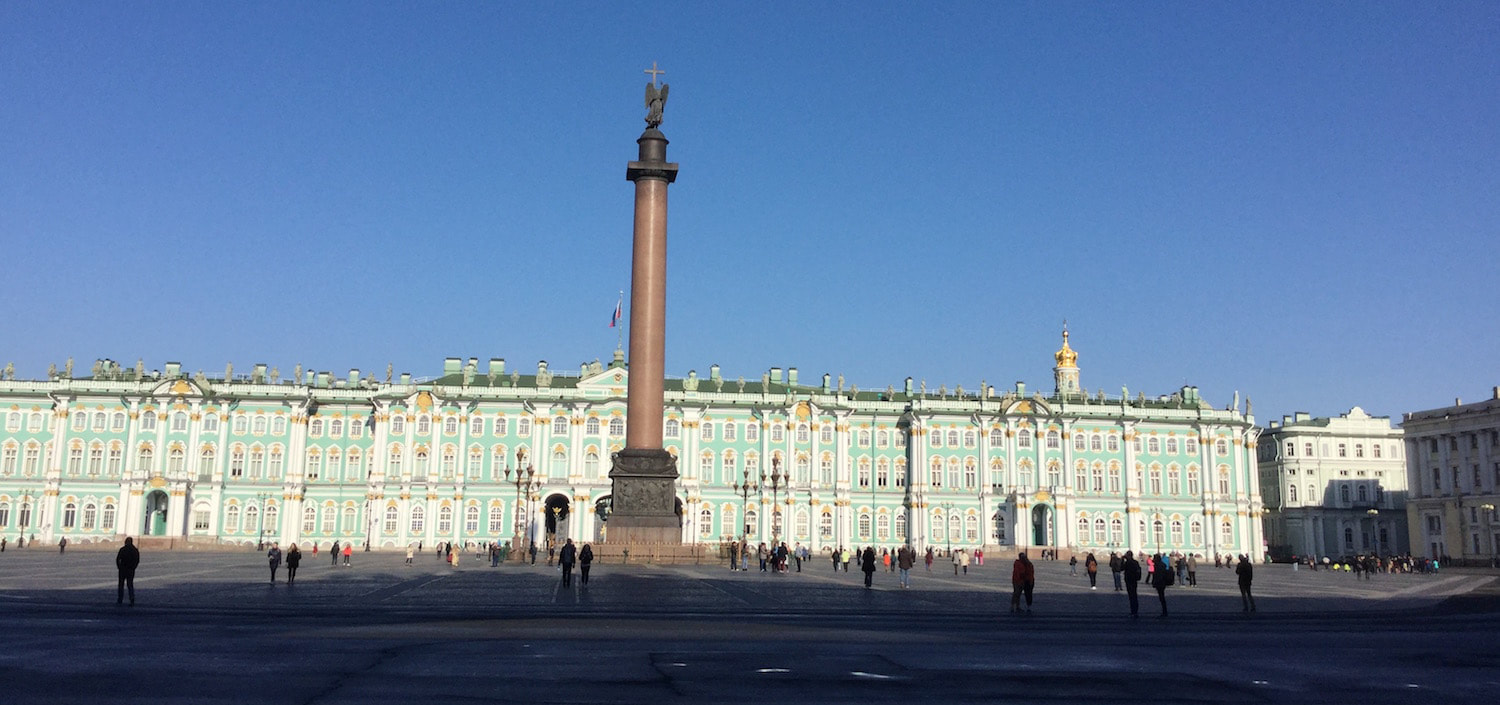
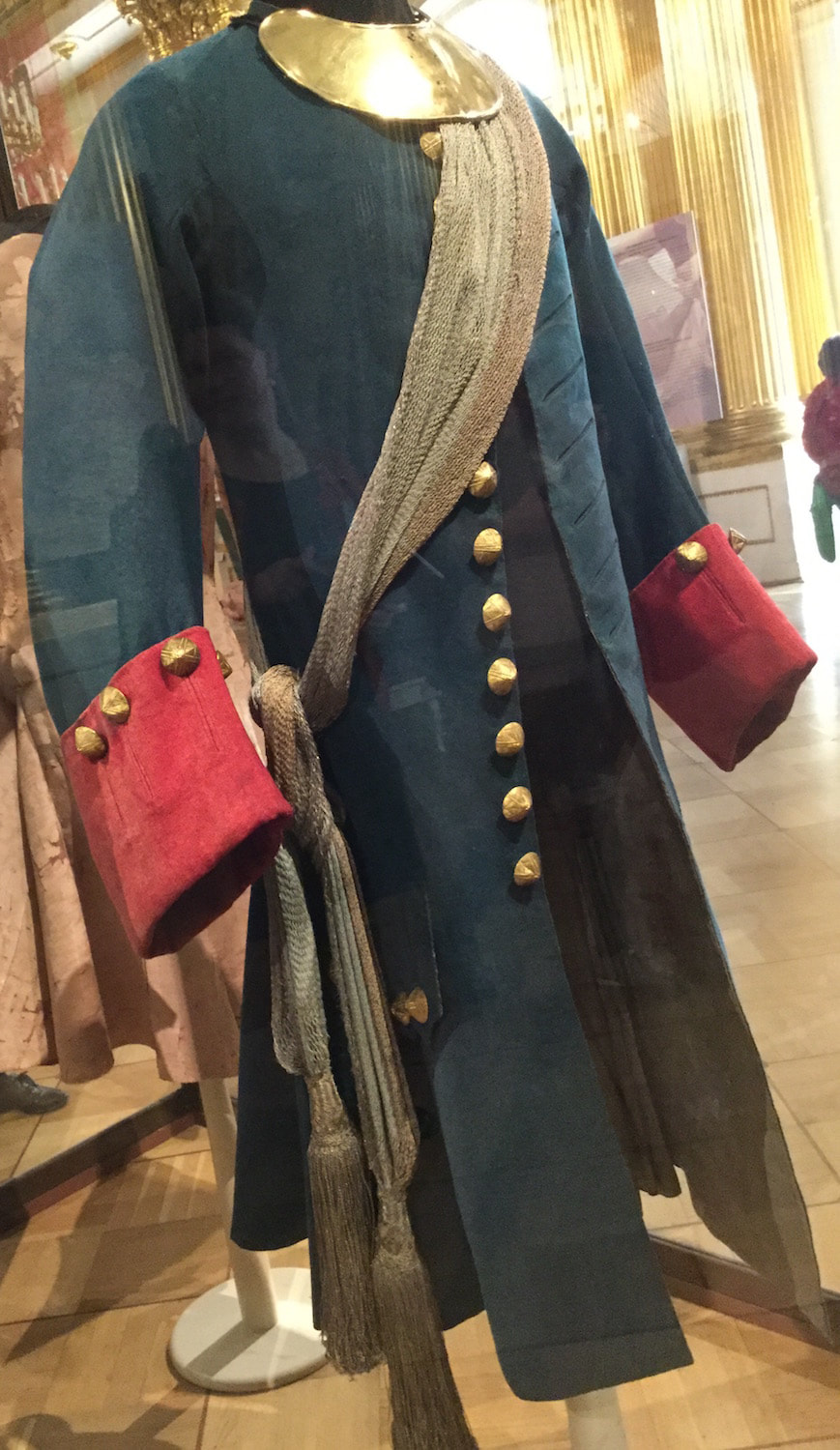
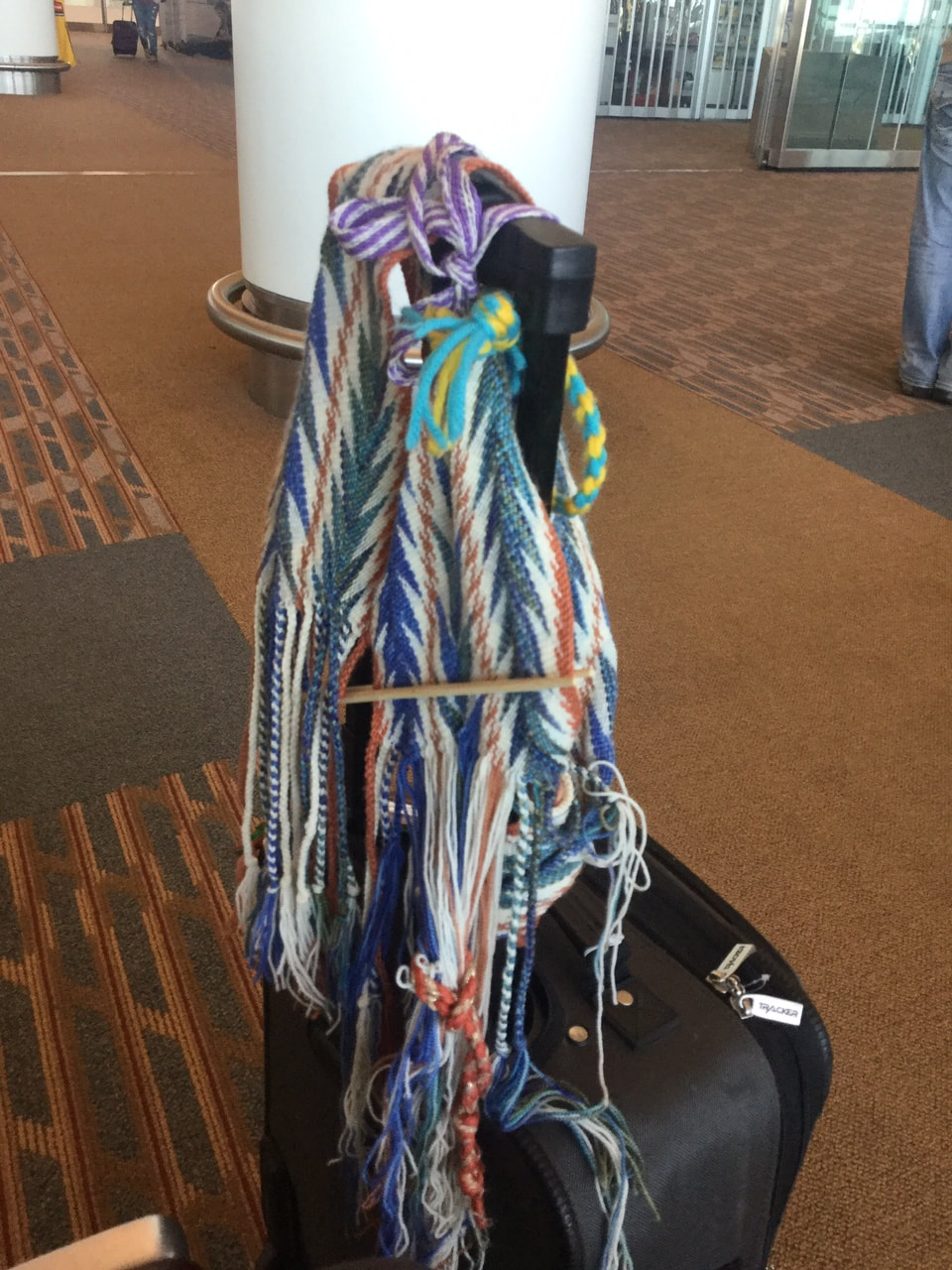
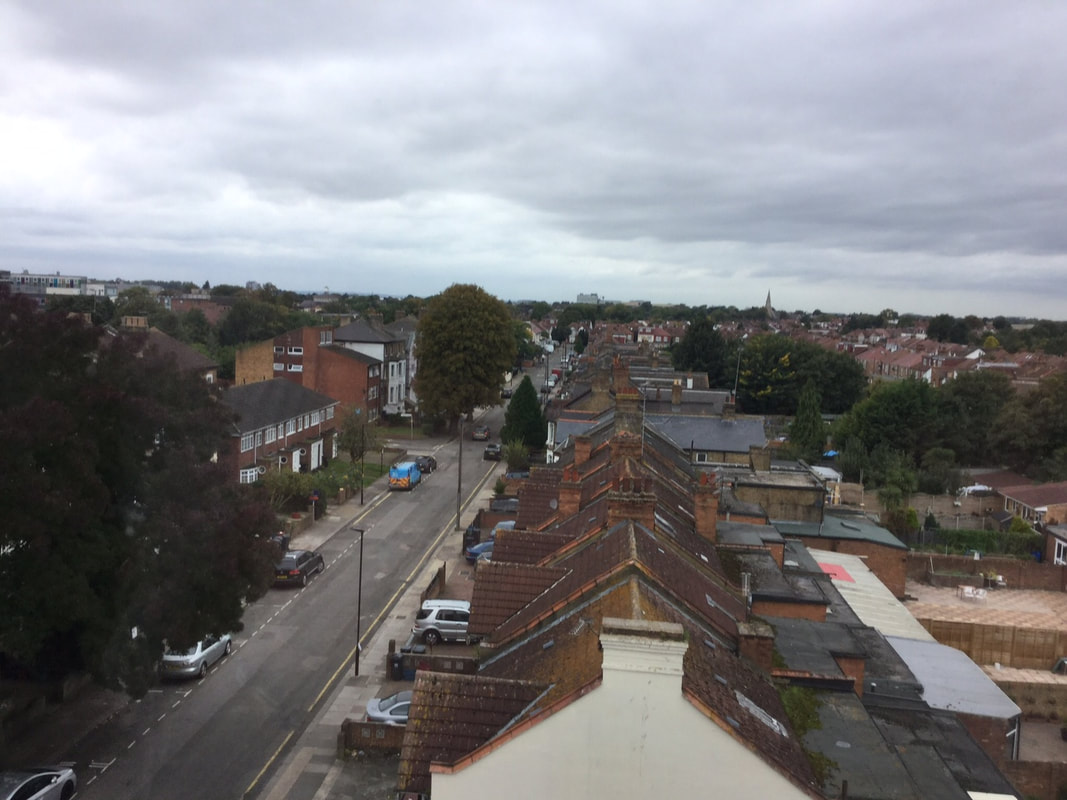
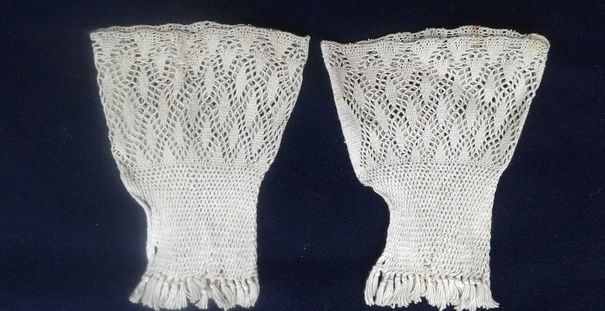
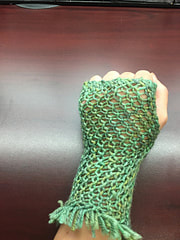
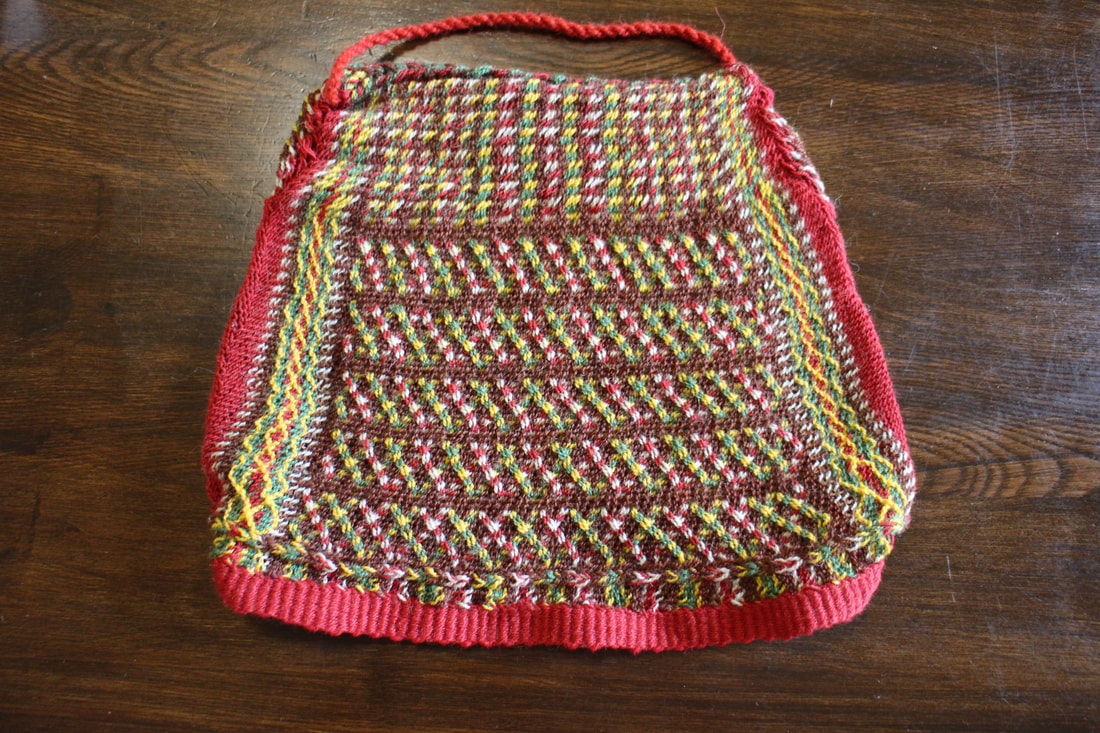
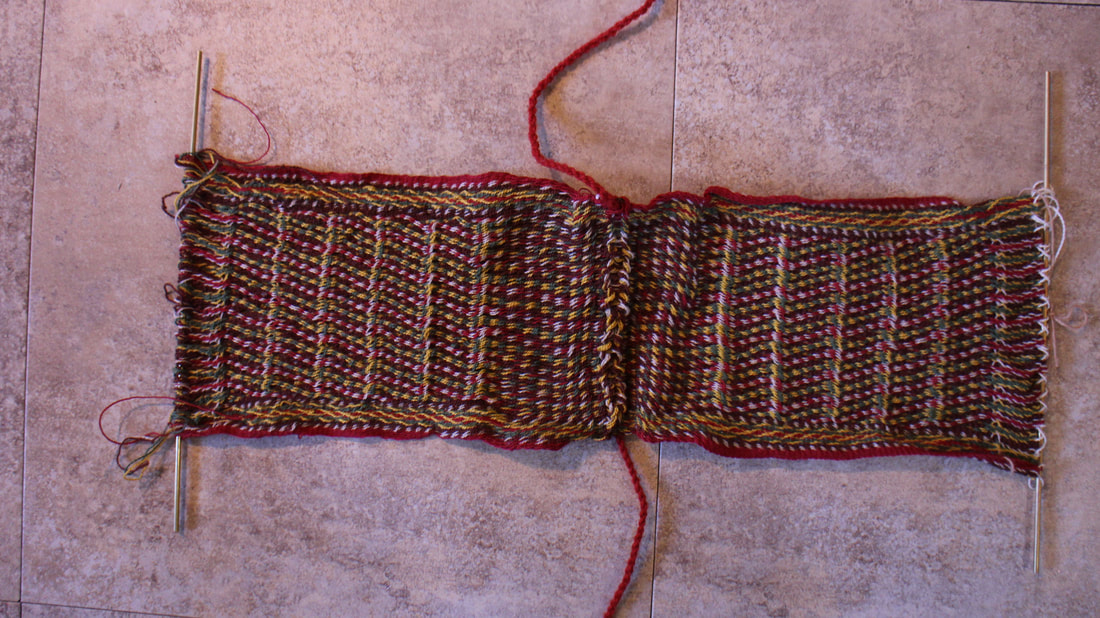
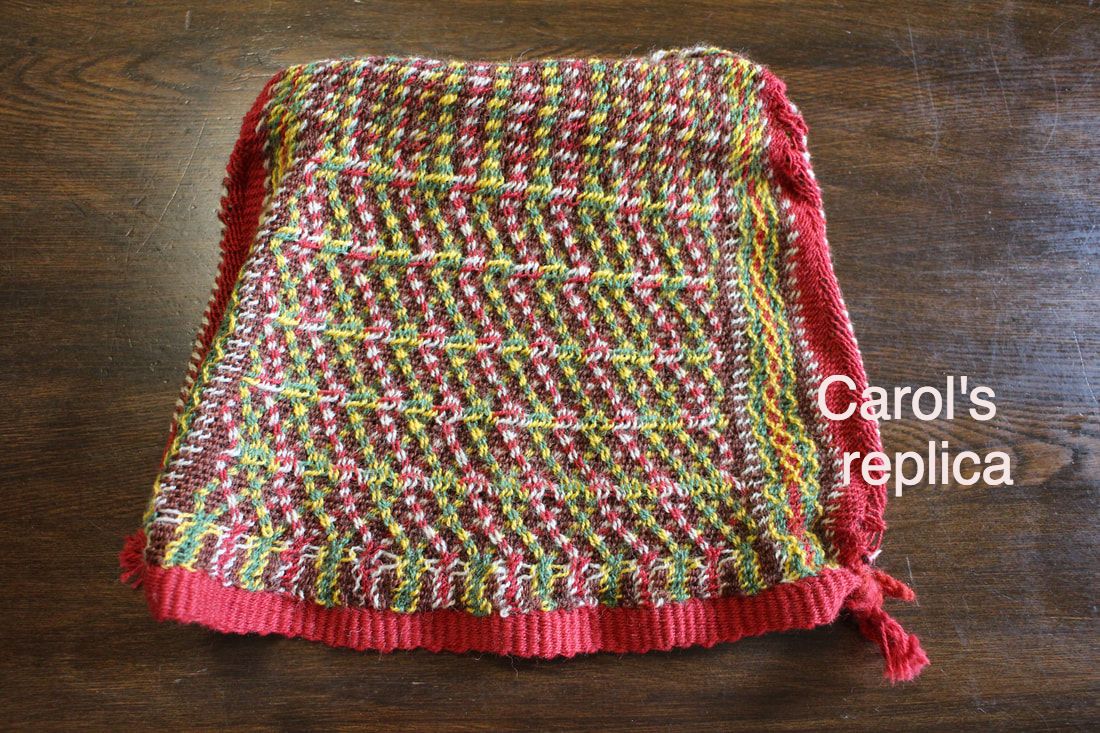
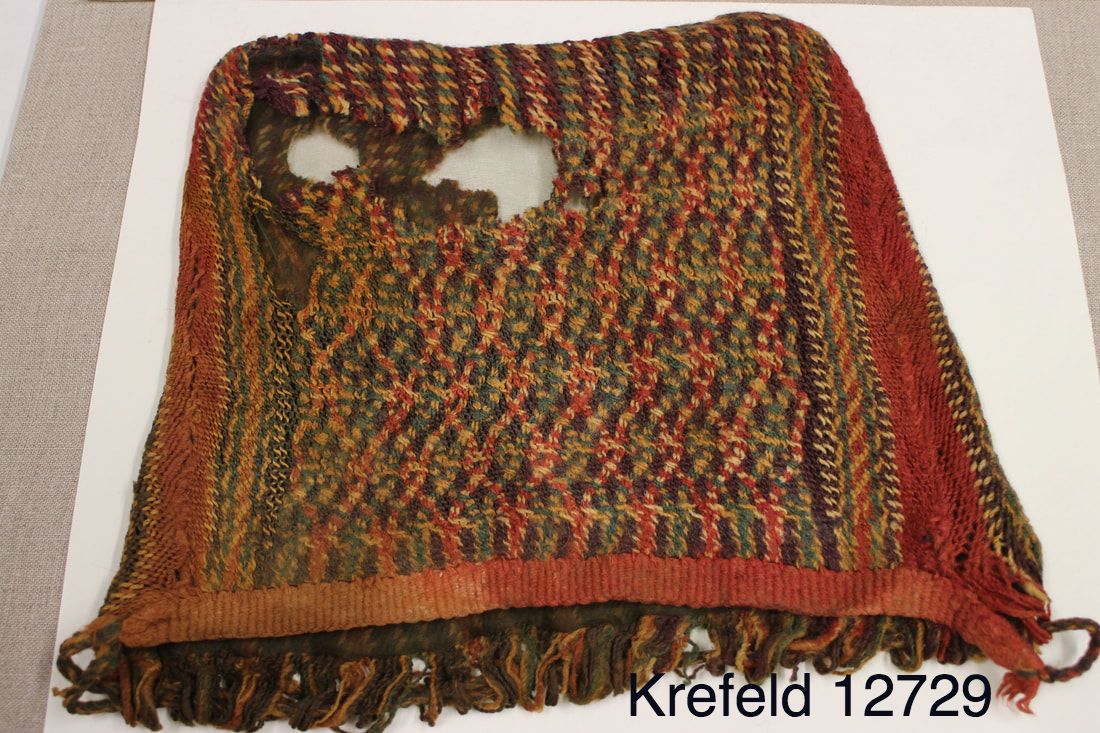
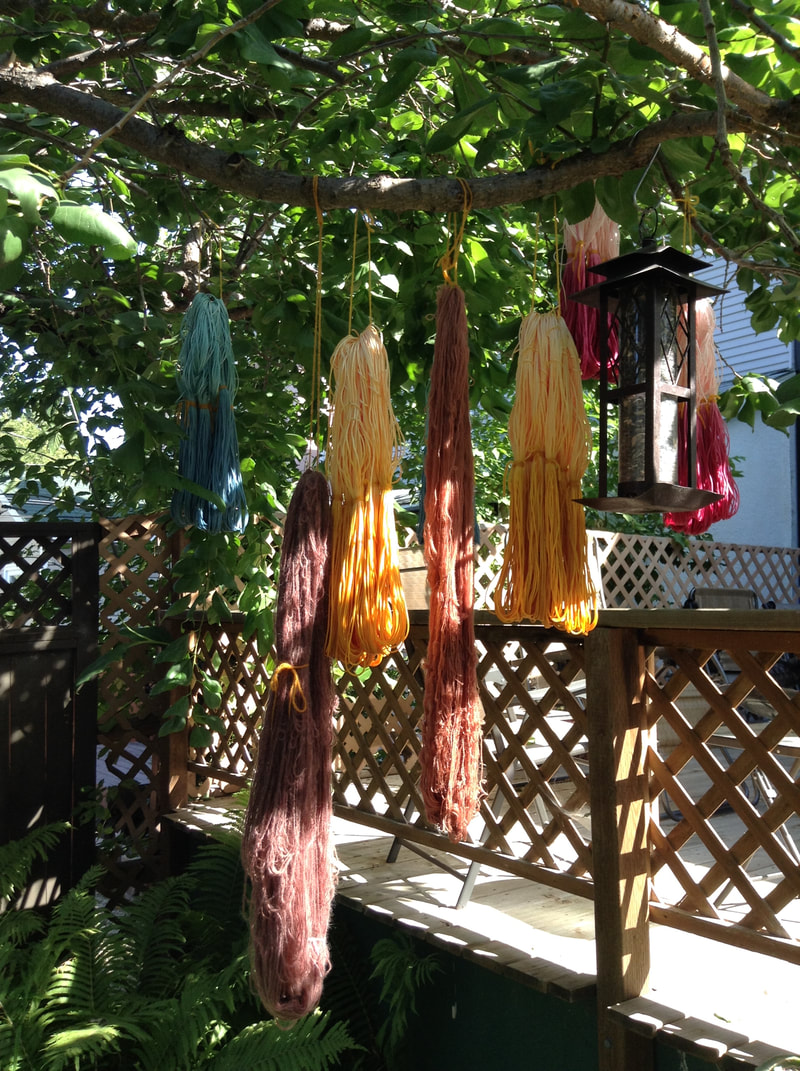
 RSS Feed
RSS Feed